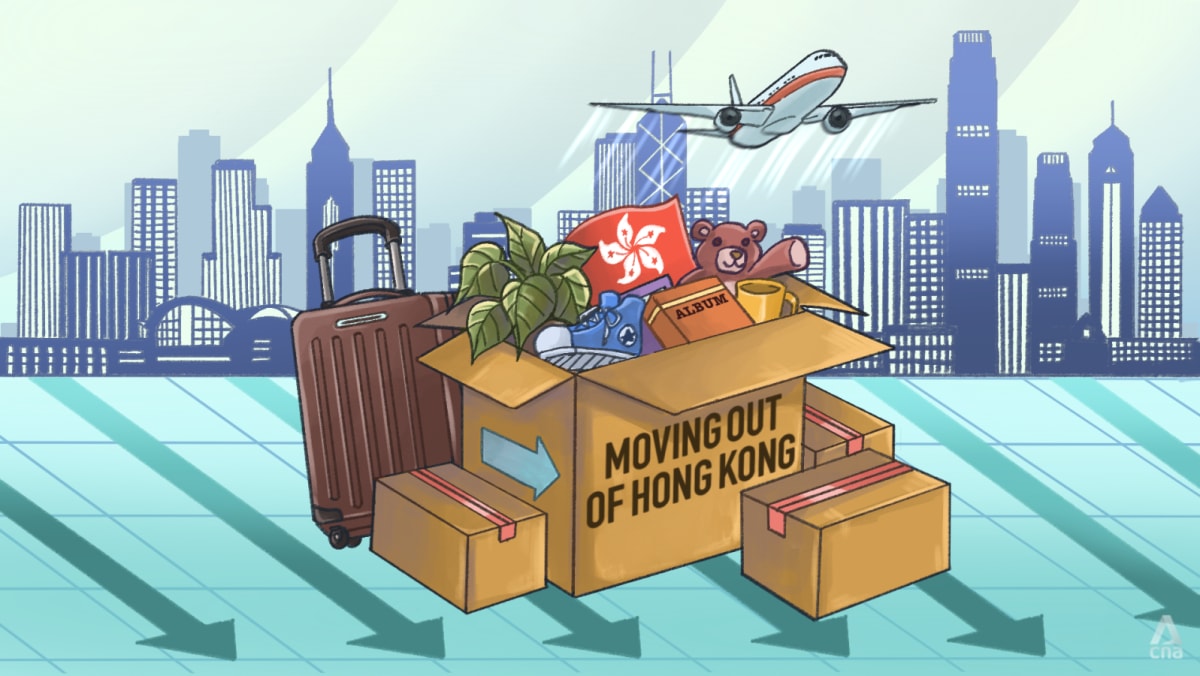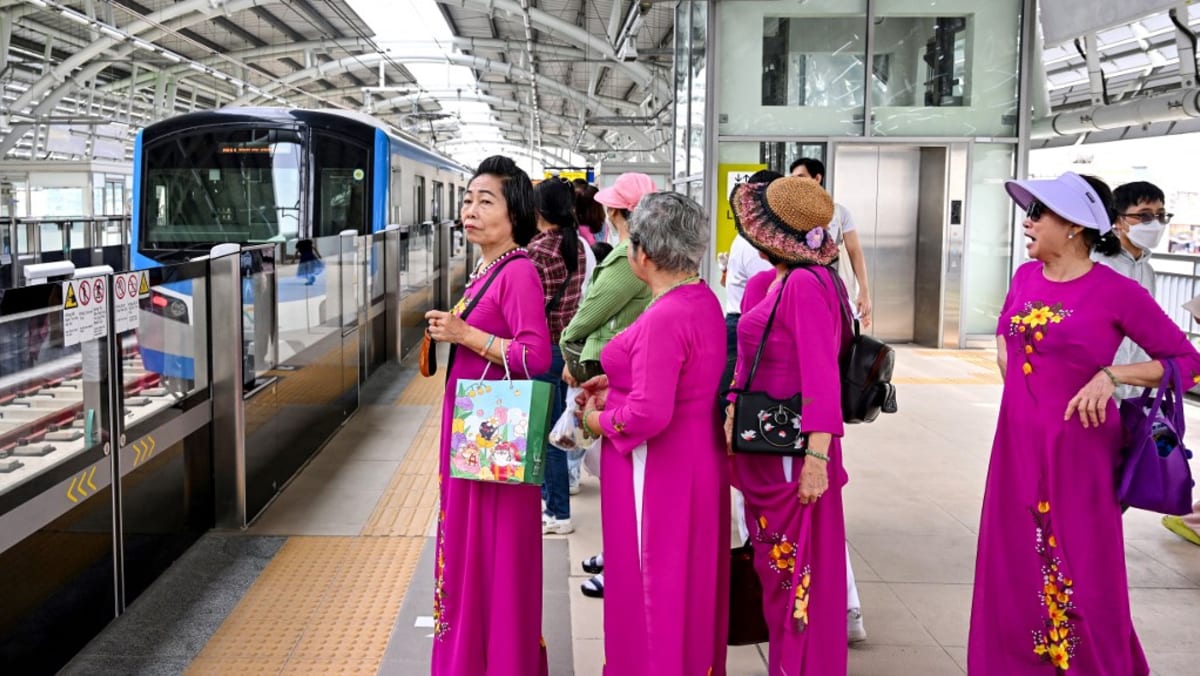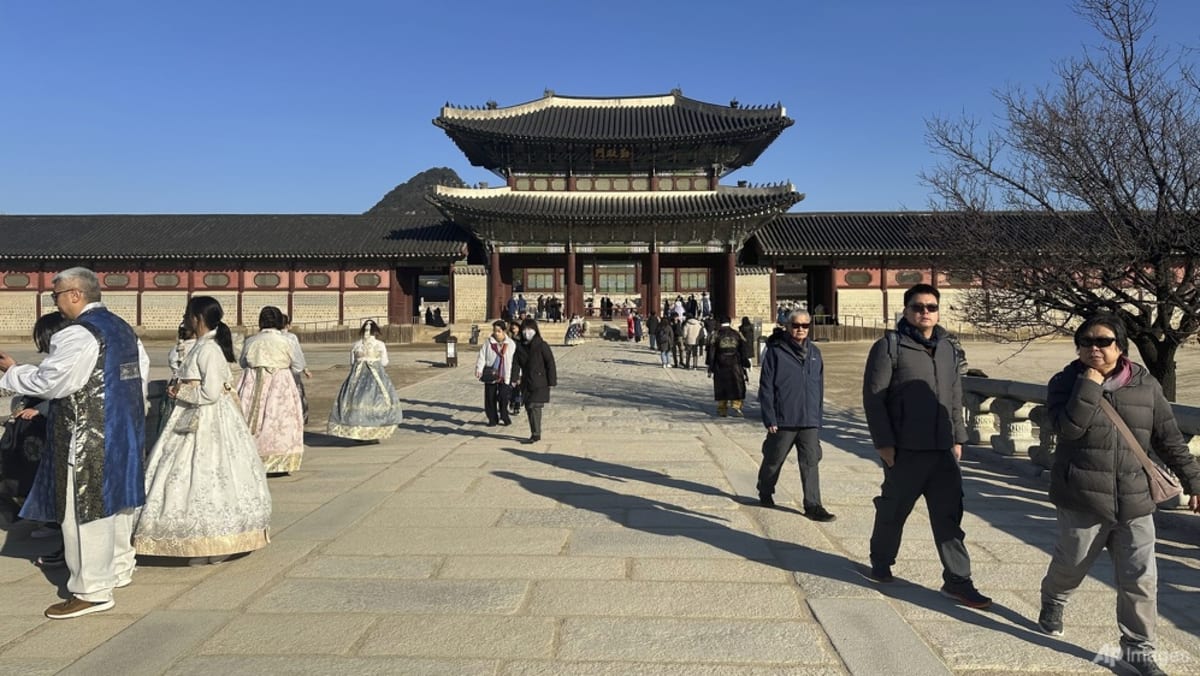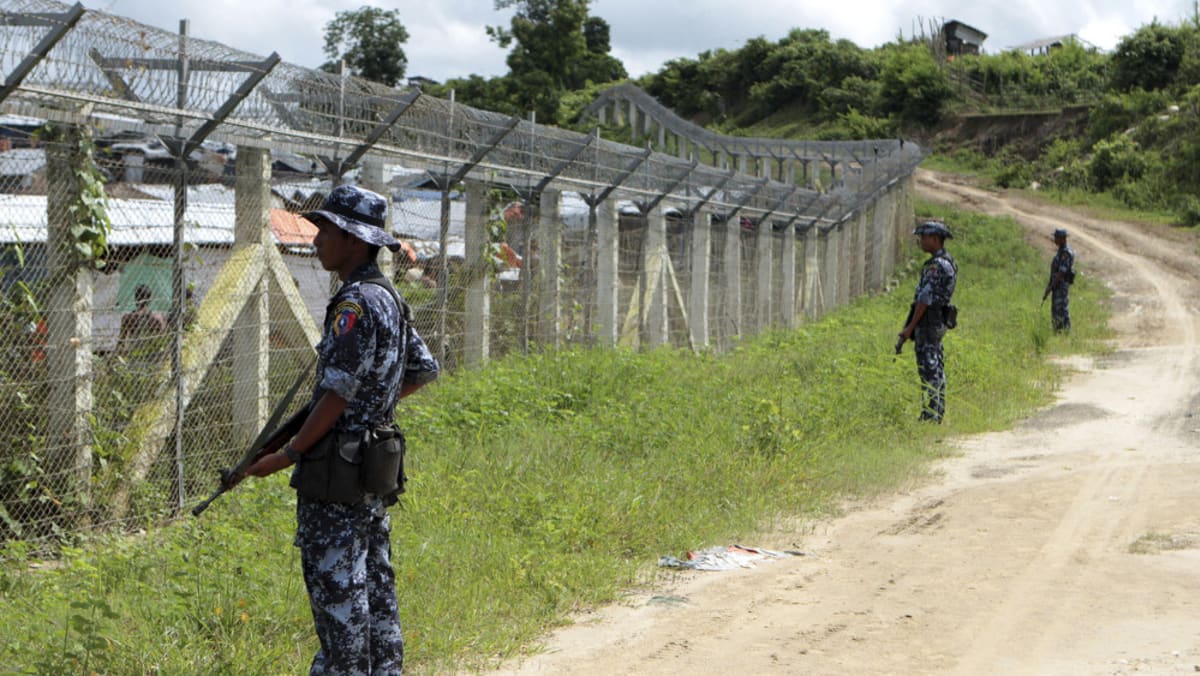As expats exit Hong Kong and mainlanders enter, businesses and communities count the costs. How are they adapting?

The non-Chinese population stood at less than half that count three years ago, at around 593,000, according to the territory’s once-a-decade census. While not directly comparable due to the inclusion of mobile residents – people who do not live there full-time – the figures indicate a net outflow of foreigners.
Analysts have cited key factors like the hefty toll exacted by strict COVID-19 curbs, along with the political shifts in the wake of the 2019-2020 mass protests and a subsequent sweeping crackdown by China in the form of the national security law.
They add that global financial hubs like Singapore and Dubai have also become more attractive to expats, especially with the pandemic and politics weighing particularly heavy on Hong Kong.
Data from international relocation company Asian Tigers Group over the last four years bears out this trend. While inbound numbers remain similar, it has seen a near 50 per cent drop in outbound figures since 2020 – indicating a widening gap between expats moving in and out of Hong Kong.
“In the past 20 years, people I met who’ve been here for more than 20 years who say ‘I’m leaving,’ it definitely (could be counted) within these 10 fingers,” Mr Ng Yew Beng, general manager of Asian Tigers Group, told CNA.
“But in the past three or four years, I need to use your fingers, toes, and that guy’s fingers,” he quipped, referring to the increased tally of departing expats.
Source: CNA















